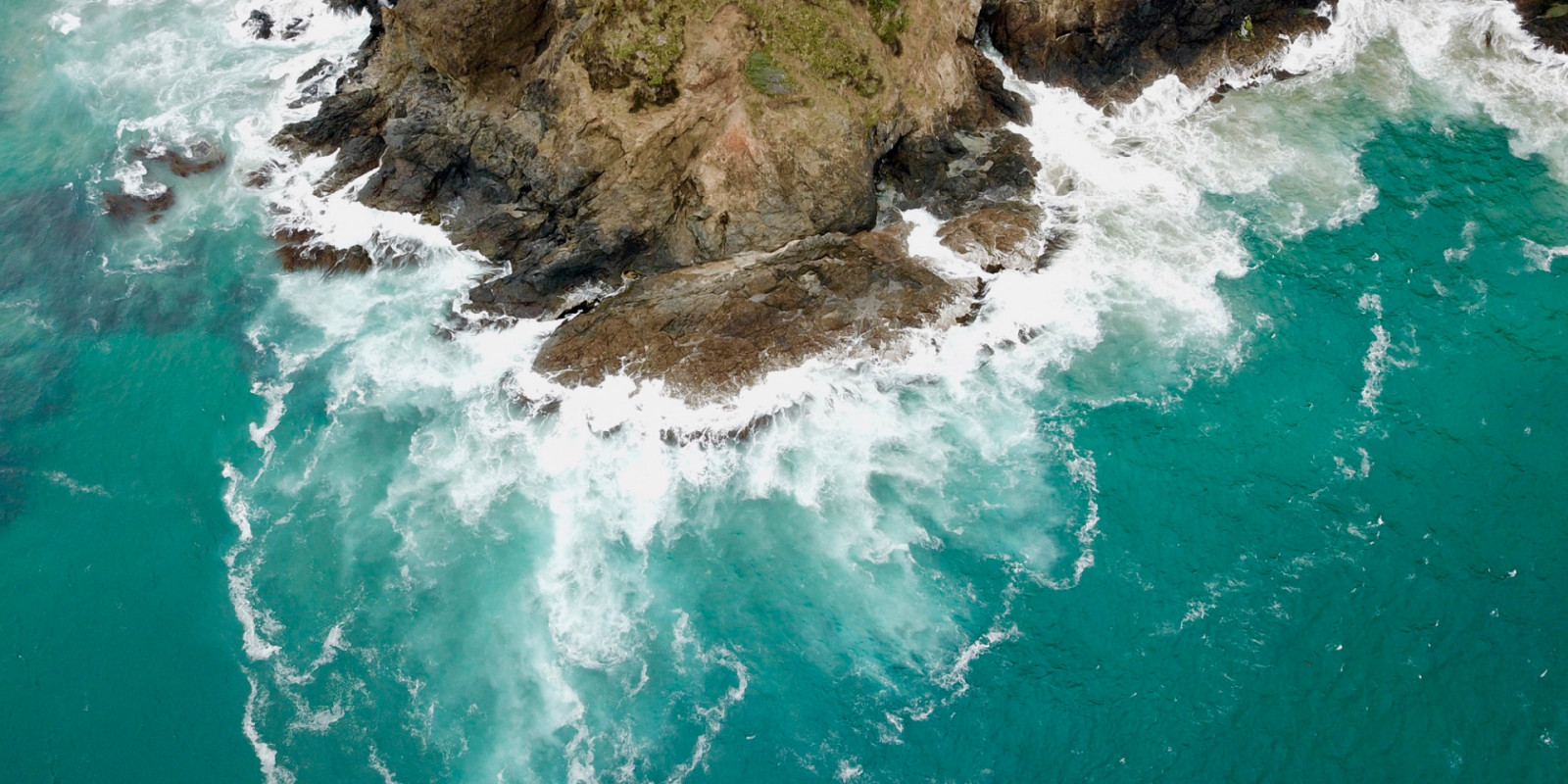- Report
Enabling ecosystem-based management in the Hawke’s Bay: Overview of stages one and two of the case study process
One of three reports prepared for stage two of Hawke’s Bay regional study. This report describes the full process including stage one (system mapping exercise) and stage two (seafloor model and analogue simulation exercise) and the guidance for future EBM case studies using these tools. Lundquist CJ, Connolly JD, Shanahan R, & Madarasz-Smith A (August 2022)
The Hawke’s Bay regional study was selected as one of Sustainable Seas' Phase 2 case study areas for research on implementing ecosystem-based management in a real-world context, using tools, processes and analyses developed within Challenge research. This project used system mapping and spatially explicit decision support tools to explore the effects of multiple stressors on seafloor communities, including how these communities respond to stressors at different spatial and temporal scales, and potential time lags in response and recovery from stressor impacts. The project is a collaboration with the Hawke’s Bay Marine and Coastal Group (HBMaC), a non-statutory multi-agency, multi-stakeholder group established in 2016 in recognition of concerns over the apparent reduction of inshore finfish stocks and environmental degradation in coastal and marine areas of Hawke's Bay.
Key points
- The system map showcased the interconnectivity of different factors within the system, including societal, economic, cultural and ecological factors.
- The seafloor model highlighted the magnitude of interventions required to enable recovery of the seafloor ecosystem, particularly benthic structure which was a focal element of the model.
- Combining both tools provided useful observations about how the group anticipated the responses to recovery of the seafloor ecosystem to ‘flow through’ to the socio-ecological variable in the system map.
- The combined process allowed building of a common understanding of the system, and the magnitude of interventions required to result in reversing degradation of the Hawke’s Bay seafloor ecosystem.
- The process relied heavily on existing social capital of HBMaC, particularly during the final 18 months of virtual workshops.
